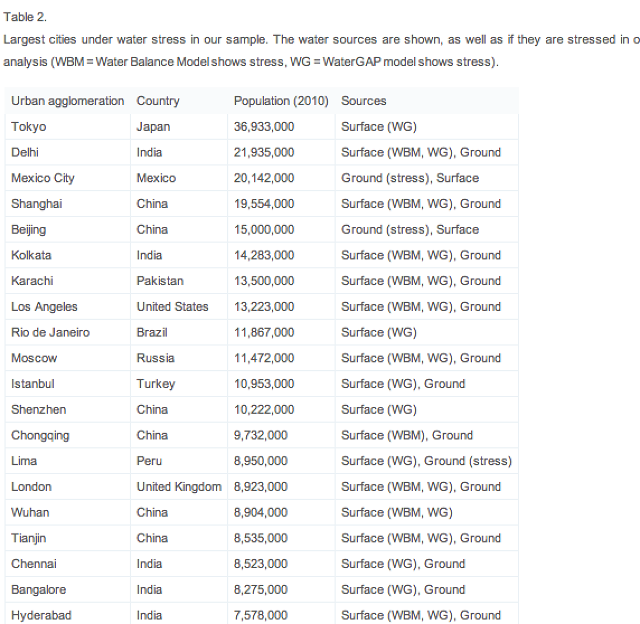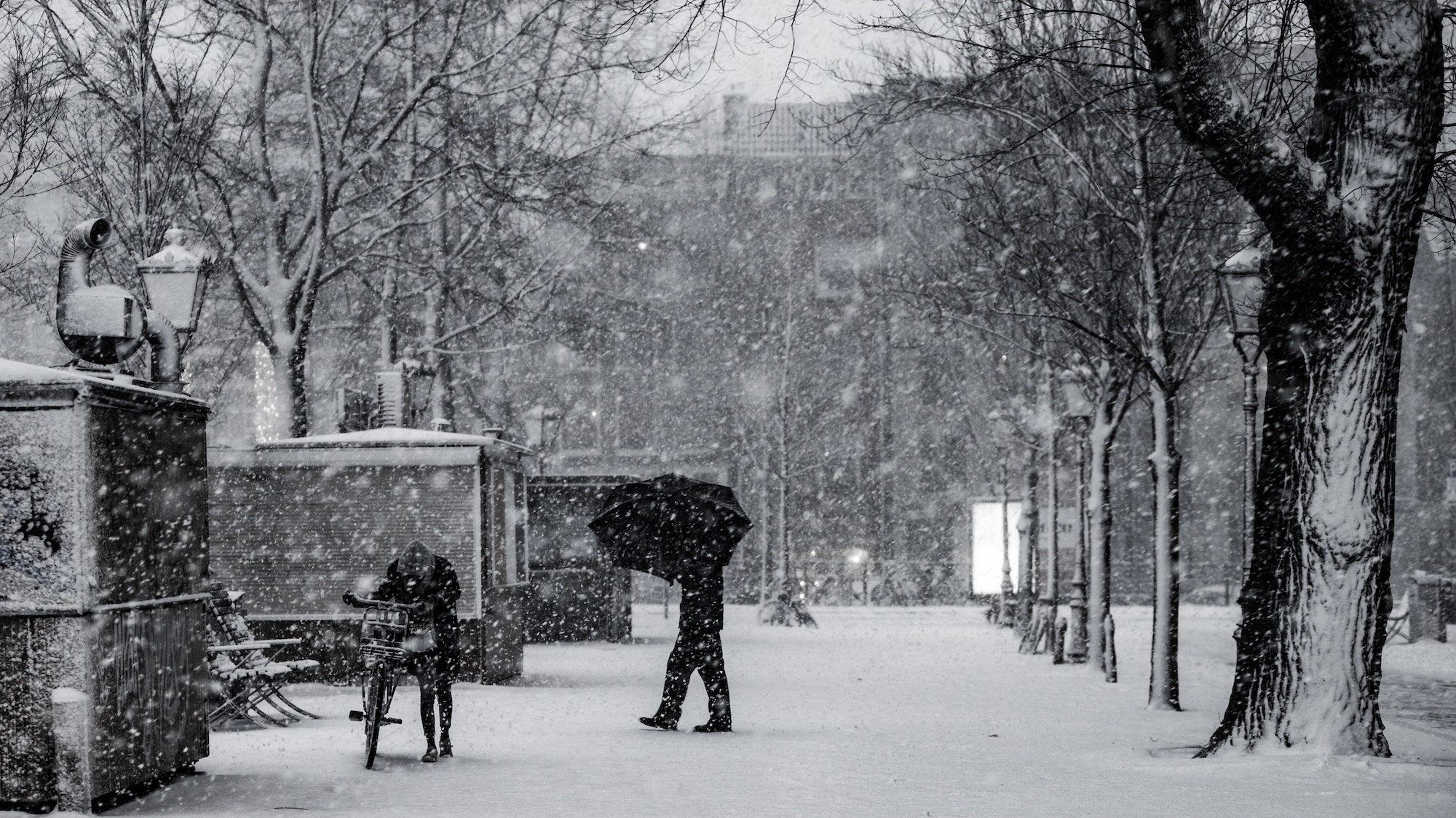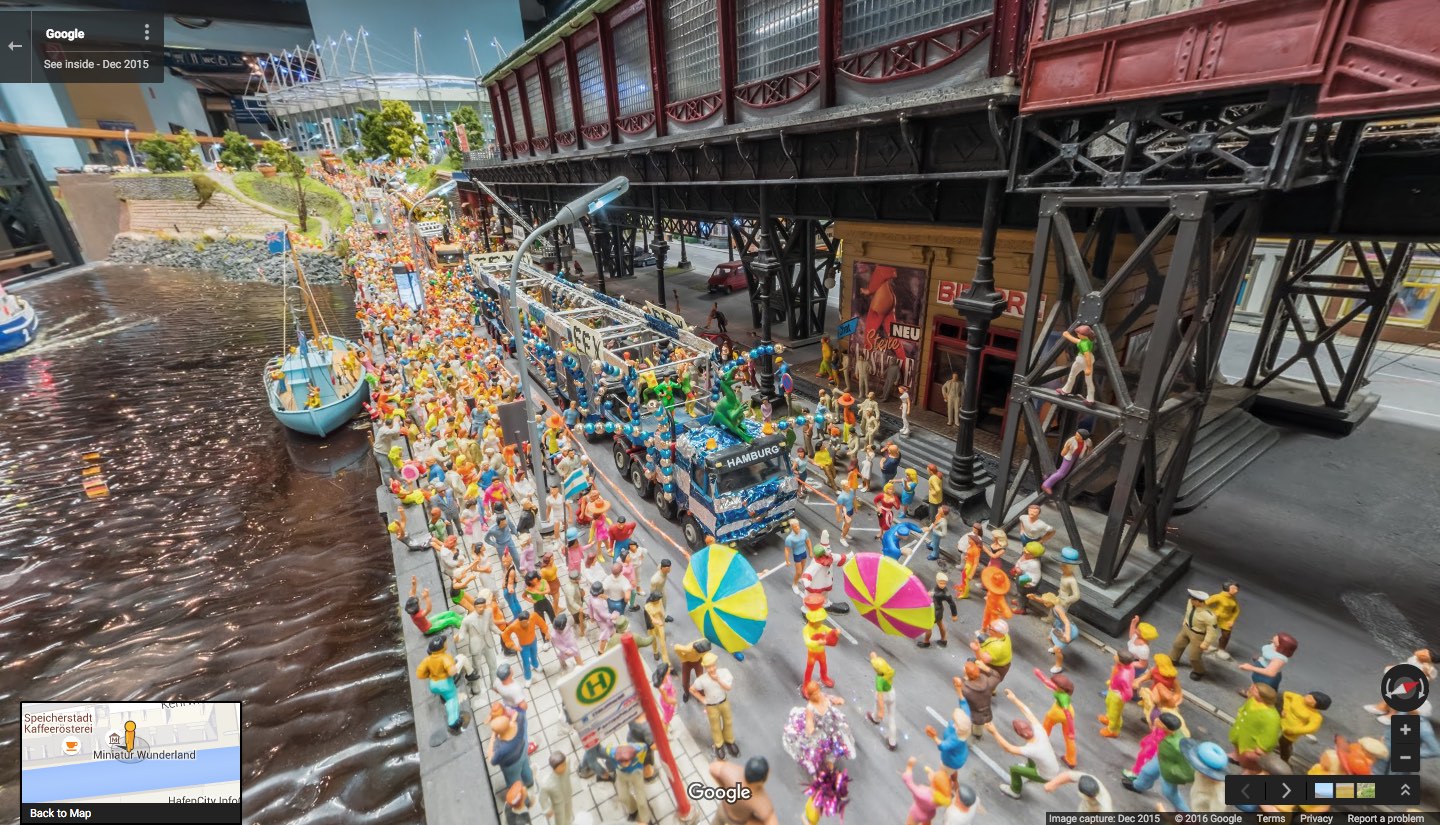One out of every four cities in the world experiences “water stress,” a phenomenon that has as much to do with wealth as it does climate.
In many ways, urbanisation will make it easier for humanity to mitigate climate change—more people packed tightly together means fewer drivers and more efficiency. But the rapid urbanisation that many countries are experiencing puts a lot of stress on water supplies, particularly in a dry year.
To gauge the scale of the problem, the Nature Conservancy published a first global database of urban water sources and stress for more than 500 cities. The results surprised even the authors of the report.
“We knew going in that there are certain arid parts of the world with more [water stress]. What I think we did show for first time is that there’s also a strong wealth effect. Cities that try to build themselves out of water stress are less likely to be in water stress,” says Rob McDonald, senior scientist with the Nature Conservancy.
This “wealth effect” is reflected in the list of the world’s largest cities under water stress, which is defined as those cities that use at least 40% of all available water from watersheds.
From our partners:
Almost all of the most water-stressed cities are in developing countries with extremely fast-growing urban areas. There are some exceptions. Tokyo is a wealthy city with a well-run water system, but there’s not a lot of room to deal with drought. “It’s a small island, and they are using a very large fraction of water that falls as rain as water for people,” says McDonald. The next step for Tokyo, if water stress becomes too large of a problem, would likely be to build costly desalination plants that can turn sea water into drinking water.

SHUTTERSTOCK
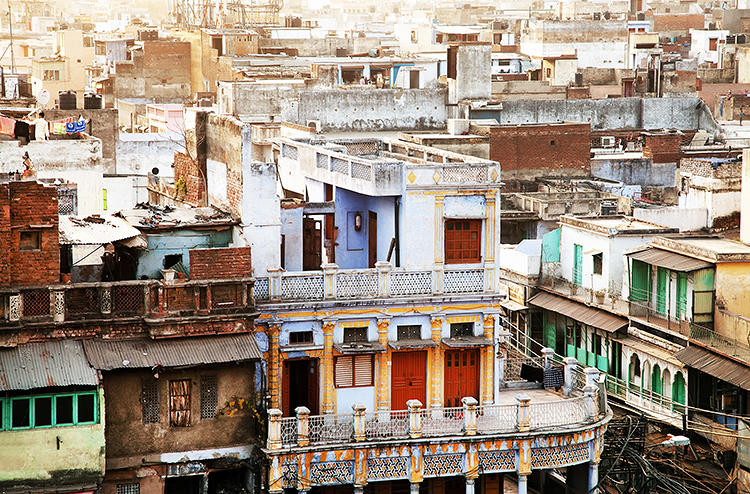
SHUTTERSTOCK
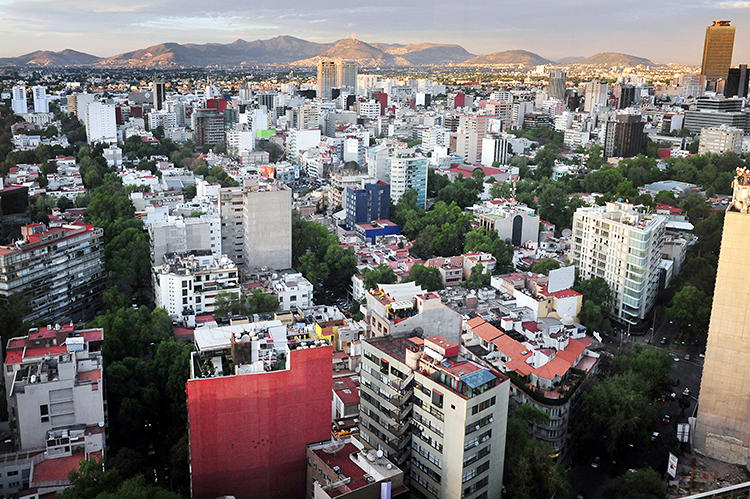
SHUTTERSTOCK
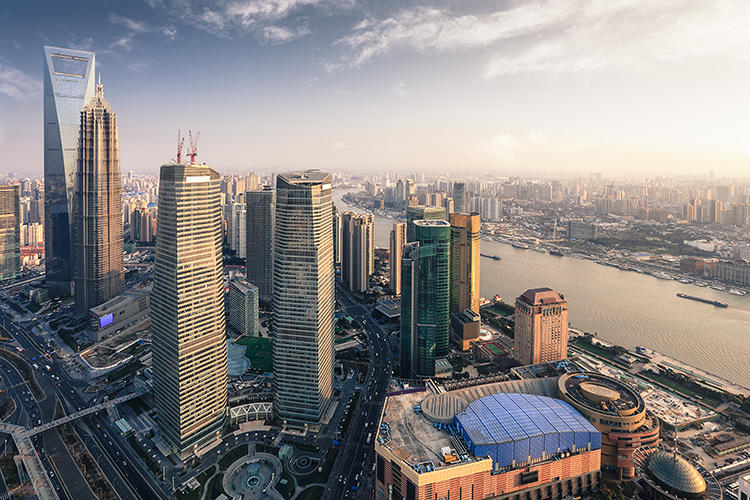
SHUTTERSTOCK
Los Angeles is a good example of the wealth effect. “Southern California has the largest currently running water system in the world. That has made them much more water-secure than if Los Angeles had to rely on water available only in the Los Angeles basin,” says McDonald.
Overall, one out of every four cities in the world was found to be water stressed. This is actually less than anticipated; the Nature Conservancy says that earlier reports estimated about 40% of cities as being water stressed.
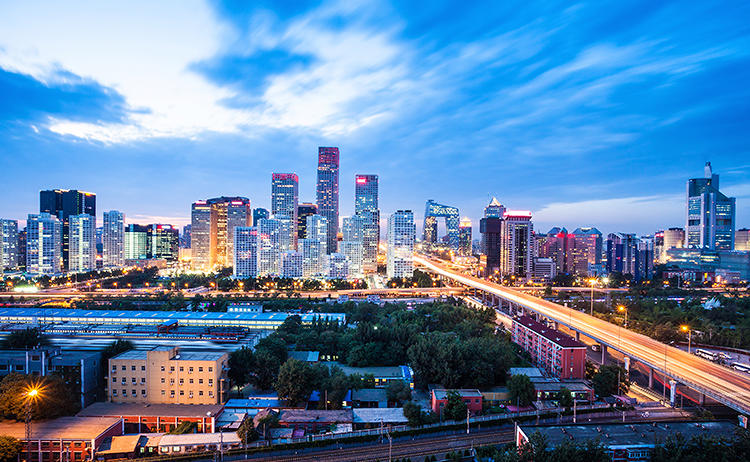
SHUTTERSTOCK
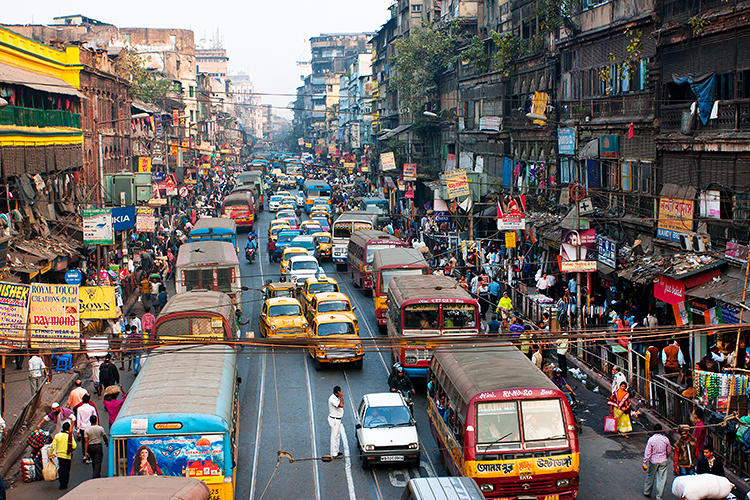
SHUTTERSTOCK
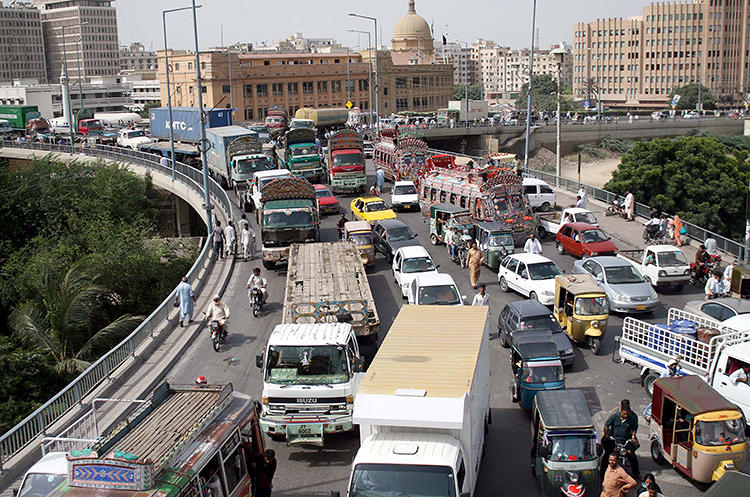
SHUTTERSTOCK
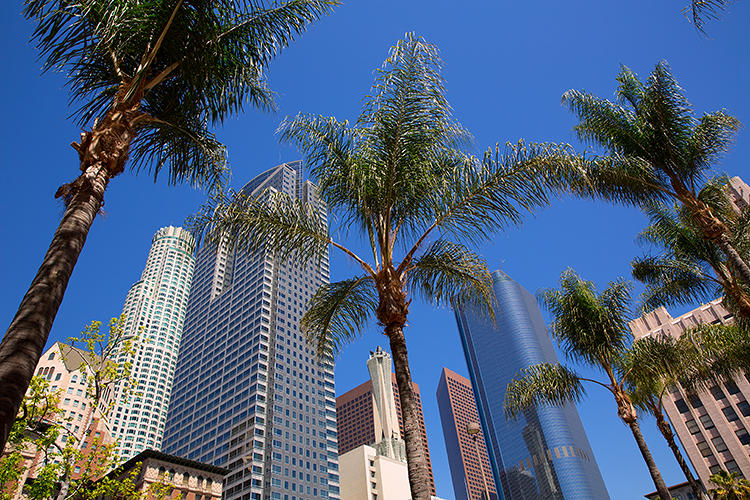
SHUTTERSTOCK
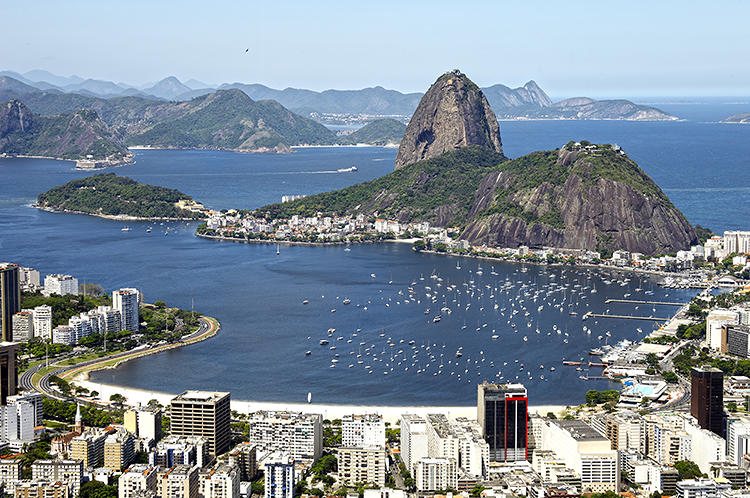
SHUTTERSTOCK
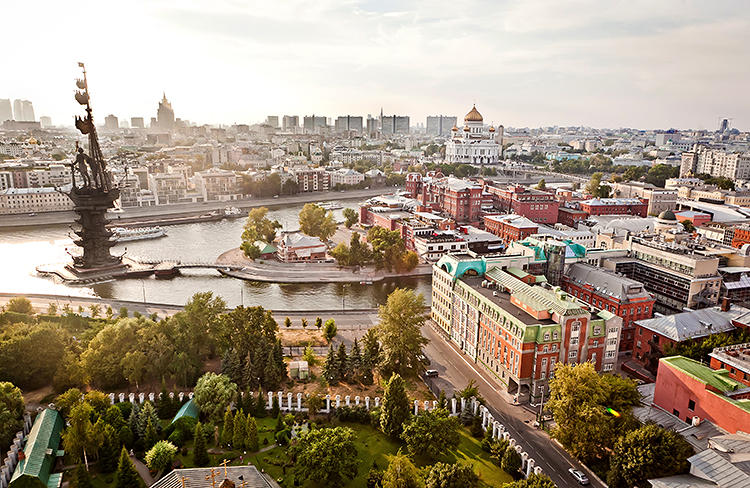
SHUTTERSTOCK
The data gathered for this analysis, published in the journal Global Environmental Change, will be used by the nonprofit in its climate change work. It also plans to publish a separate analysis on water quality.
This article originally appeared in Fast Company.







